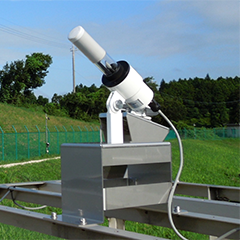Our reliance on fossil fuels is ending. Not because we’ve run out of oil, gas,
or even coal. Not even because the harmful environmental impact of these resources is finally, sadly, irrefutable; except to the most dogmatic of climate change deniers. No. Our reliance on fossil fuels is ending because of the advances we have made in renewables, wind, hydro, geothermal, and solar; especially solar.
Solar energy has always been integral to life on earth, and now through advancements in technology, increased efficiency, and the hard truth of economics, solar is fast becoming the definitive energy source of the next era in human civilization.
Solar technologies have broad applications, from off-grid stand-alone photovoltaic (PV) systems to Giga-Watt (GW) scale PV power farms, or Concentrated Solar Power (CSP) plants, and more. Their productivity is defined by their ability to transform solar radiation into electrical and thermal power efficiently. Increased efficiency in any application is equal to more energy produced; to more money saved, or earnt.
Know your input, understand your output
To define the efficiency of any solar technology, we need accurate data on the input and output energy. That is, how much potential energy is available from the sun versus how much the system has produced. Knowing and fully understanding these two quantities is crucial in any solar energy installation, not just for process optimisation, but also in order to detect problems.



























